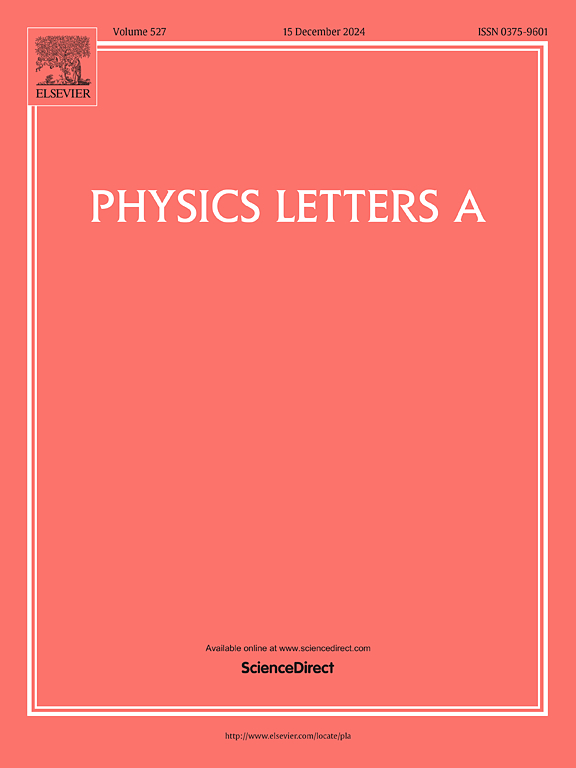囚徒困境下不同交互半径双层耦合机制下的合作增强
IF 2.6
3区 物理与天体物理
Q2 PHYSICS, MULTIDISCIPLINARY
引用次数: 0
摘要
群体中个体之间复杂的相互作用关系往往需要通过多层网络来表示。网络各层之间的耦合以及各层内部个体的策略更新规则是促进合作的关键。本文探讨了一个双层网络的囚徒困境模型。通过引入变半径交互社区,通过影响传播建立跨层耦合,并对每层应用不同的策略更新规则。在上层,有经验的智能体使用基于强化学习的q -学习规则更新策略。在下层,代理将来自同层交互社区的信誉信息和来自上层代理的经验信息整合在一起,随后通过费米更新规则更新策略。仿真结果表明,强化学习机制有效地促进了合作。互动半径和声誉因子均显著提高合作频率,更大的互动半径加速了向稳定合作的收敛。本文章由计算机程序翻译,如有差异,请以英文原文为准。
Cooperation enhancement through a double-layer coupling mechanism with varying interaction radius in Prisoner’s Dilemma
The intricate interaction relationships among individuals in a population often require representation via multi-layer networks. The coupling between network layers and the strategy update rules of individuals within each layer are pivotal for promoting cooperation. In this paper, we explore a double-layer-network Prisoner's Dilemma model. By incorporating a variable-radius interaction community, we establish cross-layer coupling through influence propagation and apply distinct strategy update rules to each layer. In the upper layer, experienced agents update strategies using a reinforcement-learning-based Q-learning rule. In the lower layer, agents integrate both the reputation information from their same-layer interaction community and the experiential information from the upper-layer agents, subsequently updating strategies via the Fermi update rule. Simulations reveal that the reinforcement learning mechanism effectively fosters cooperation. Both the interaction radius and the reputation factor enhance cooperation frequency significantly, and a larger interaction radius accelerates the convergence to stable cooperation.
求助全文
通过发布文献求助,成功后即可免费获取论文全文。
去求助
来源期刊

Physics Letters A
物理-物理:综合
CiteScore
5.10
自引率
3.80%
发文量
493
审稿时长
30 days
期刊介绍:
Physics Letters A offers an exciting publication outlet for novel and frontier physics. It encourages the submission of new research on: condensed matter physics, theoretical physics, nonlinear science, statistical physics, mathematical and computational physics, general and cross-disciplinary physics (including foundations), atomic, molecular and cluster physics, plasma and fluid physics, optical physics, biological physics and nanoscience. No articles on High Energy and Nuclear Physics are published in Physics Letters A. The journal''s high standard and wide dissemination ensures a broad readership amongst the physics community. Rapid publication times and flexible length restrictions give Physics Letters A the edge over other journals in the field.
 求助内容:
求助内容: 应助结果提醒方式:
应助结果提醒方式:


